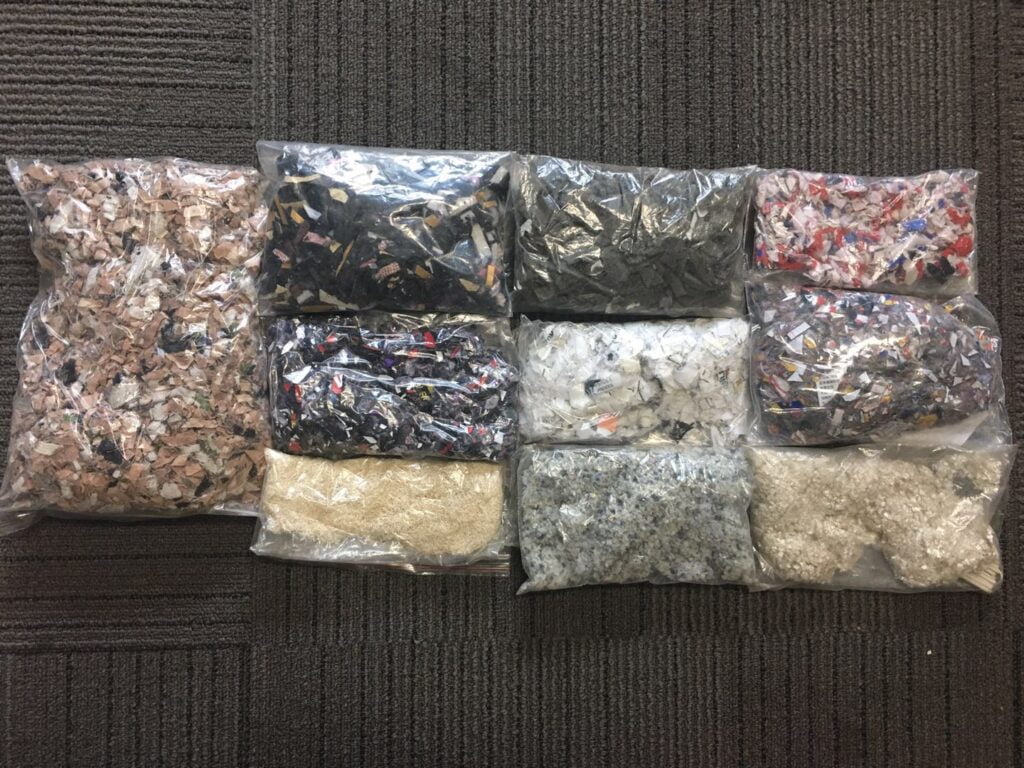Disposing of waste textiles is not standardized, which will bring a great burden to the environment. Therefore, the textile recycling business has been vigorously promoted in recent years. So, if you want to carry out a new business of textile recycling, how should you choose an appropriate textile recycling line to have a higher commercial value?
What are the recycling ways of textiles
Recycling methods for textiles usually include non-profit organizations, campus or community recycling activities, and special clothing recycling bins set up in fixed locations.
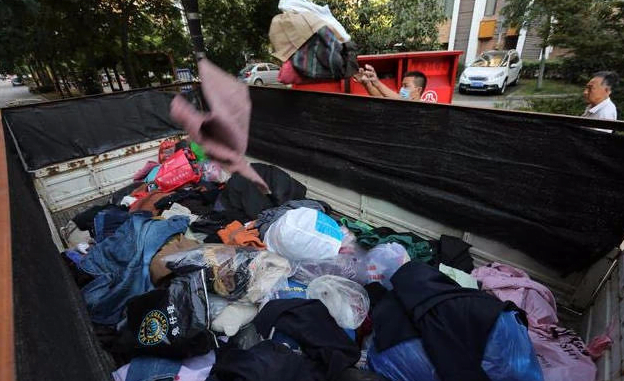
After these ways of recycling, after picking out the clothes with wear and use value, the rest are worthless textiles. This part of textiles can only be packaged and transported to the textile recycling processing site for recycling and processing.
Determine the processing scale of textile recycling
When there is a fixed textile recycling route, it is necessary to determine the specific size of the factory processing, and the approximate number of workers needed to operate.
If it is a large garment factory attach to fabric recycling, it will need to carry out a large-scale budget. Because the garment factory will produce a large number of fabric scraps every day, the amount of these scraps hoarded together will immeasurable.
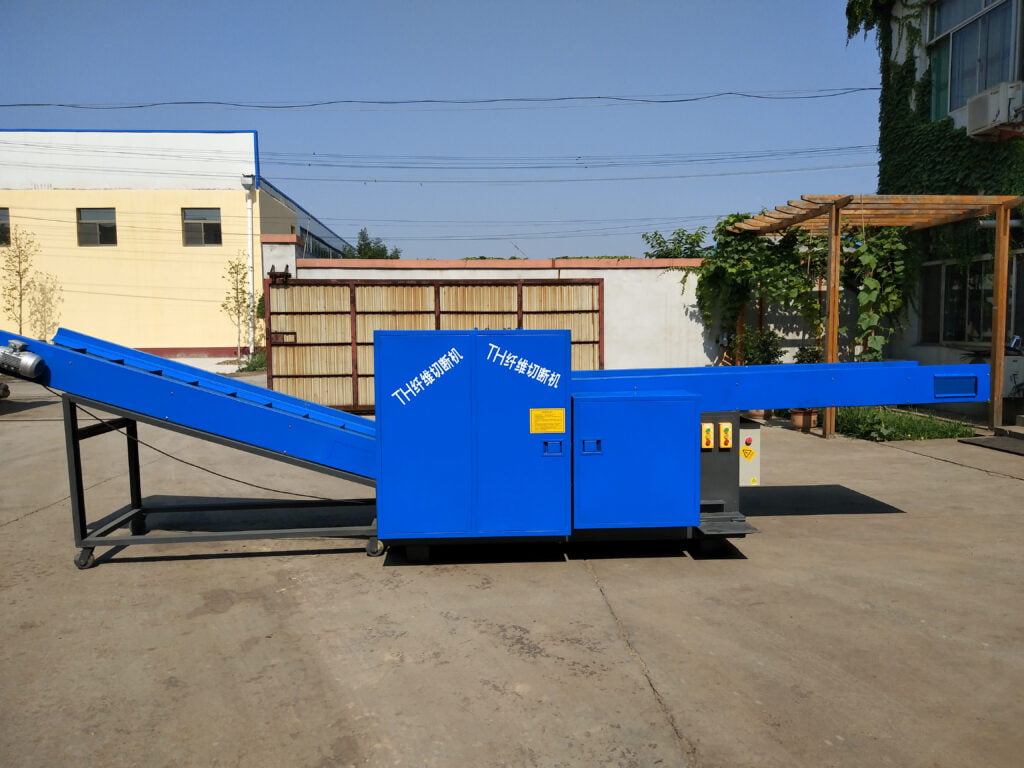
On the other hand, if it is the recycling of daily recycled clothing. It only needs to budget in accordance with the normal processing scale, which is suitable for small and medium-sized recycling processors.
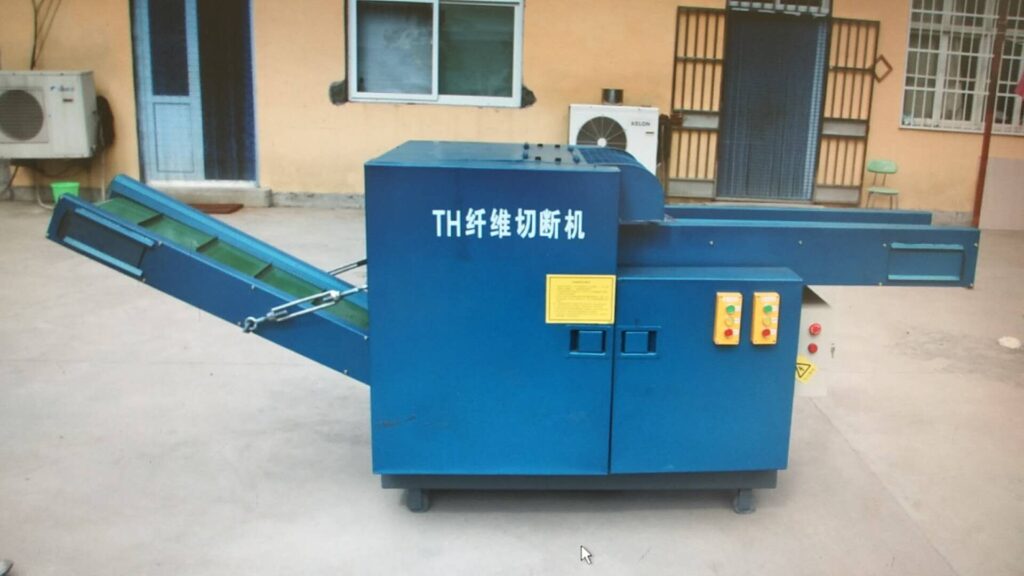
Determine the textile recycling line according to processing scale
At present, the most ideal cutting machine is the fiber cutting machine. This fiber cutting machine can quickly and efficiently complete the textile cutting. There are two types of large and small models for customers to choose from.
Then you need to remove impurities and shear fabric after cutting. The combination of opening and cleaning machine is the best choice to complete this step. The two machines are not model distinguish, but the clear spring machine is according to the scale of production to determine the number of rollers. The more material required for processing or the customer wants to material for further processing. Will need to equipped with more than a number of roller machines.
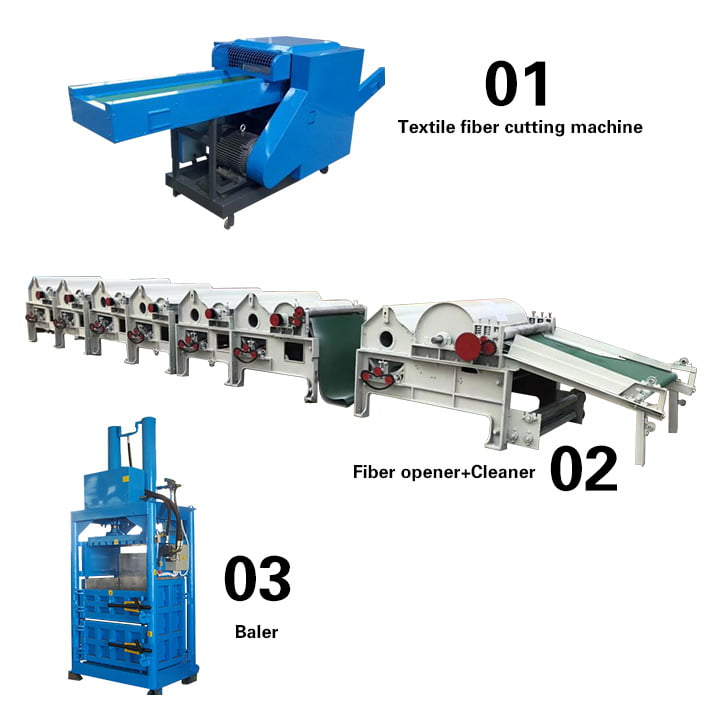
Find a place for production and processing
When the specific scale of production and production processing line is determined. It is necessary to find a suitable site for processing.
Due to the processing process of textiles, it is inevitable to have the production of flying catkins. Especially when processing cotton, there will be a large number of cotton catkins floating in the air.
As a result, factories need to be located in sparsely populated areas. And appropriate catkins removal equipment needs to be installed.
Matters need attention for textile recycling
- Before the formal start of the operation of the textile recycling line, the operator must be professional training. So as to avoid the emergency and panic when the machine is running;
- Operators should equip with professional masks during operation to prevent fine cotton wool from entering the respiratory tract and affecting the human body.
